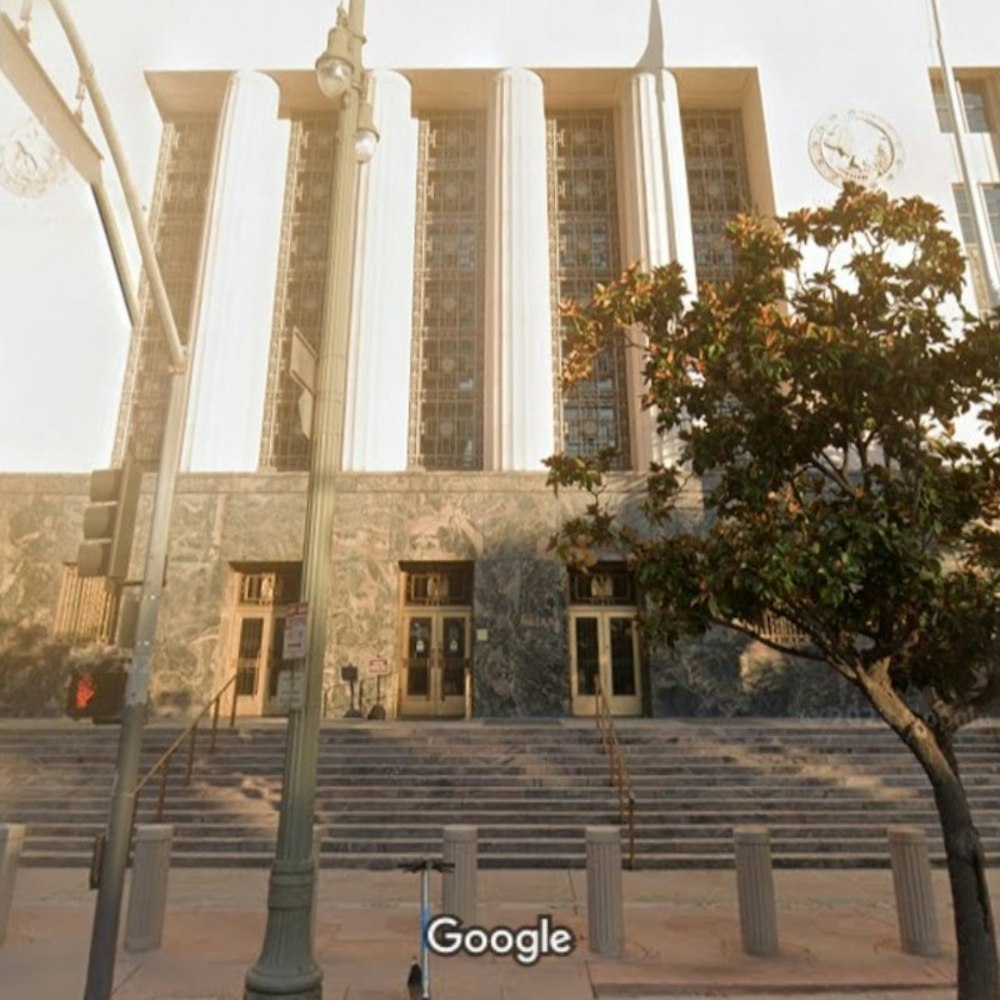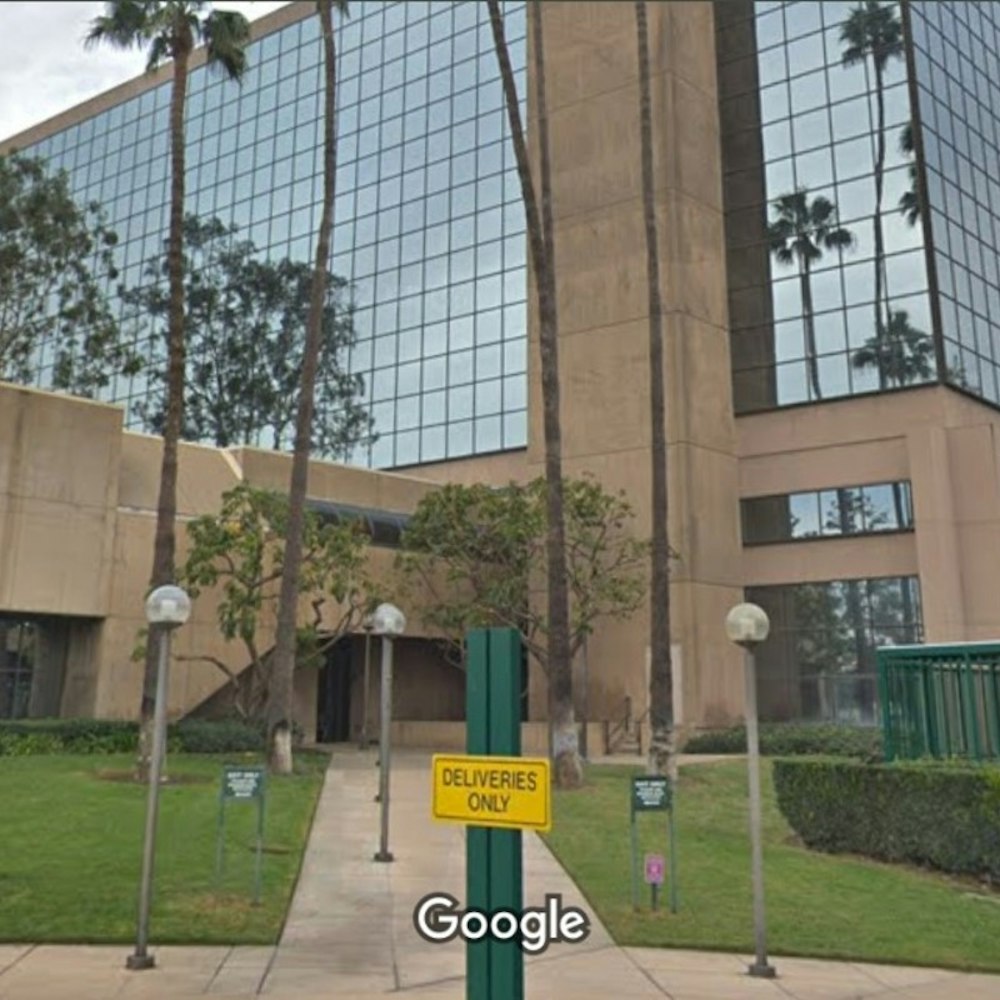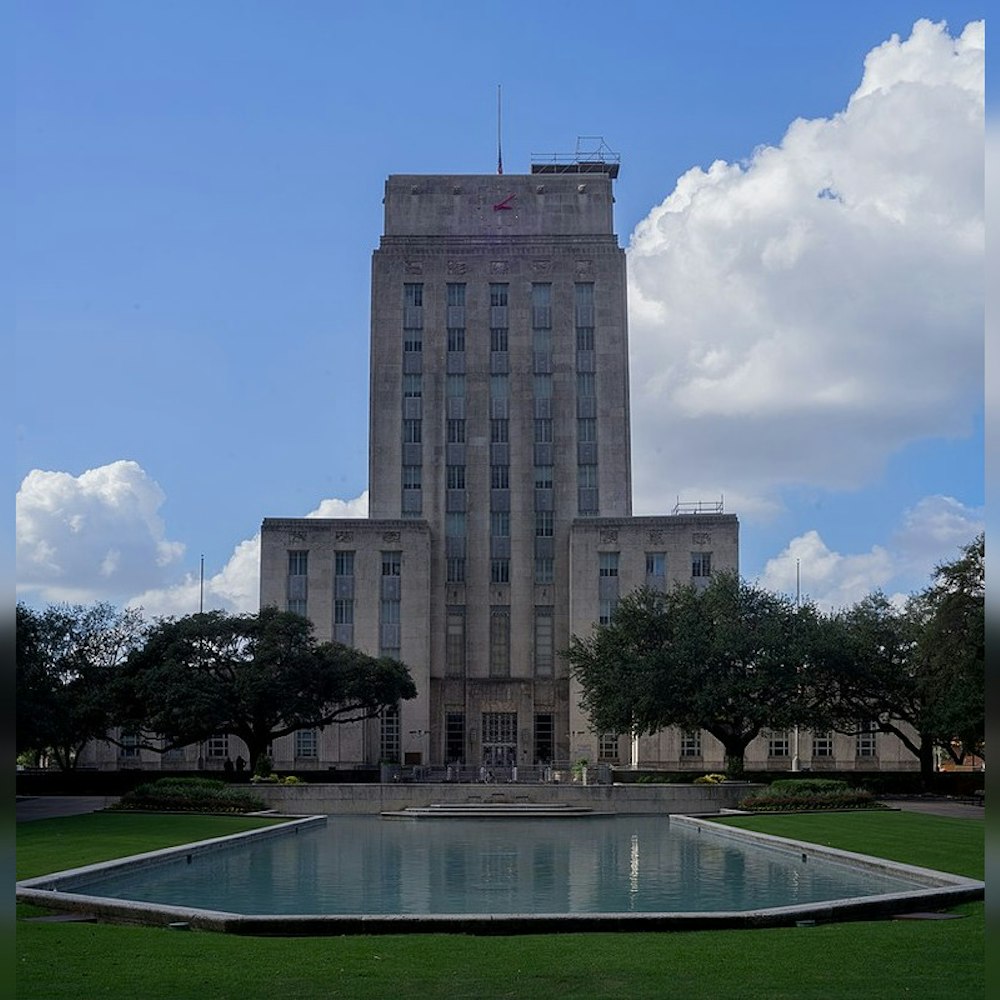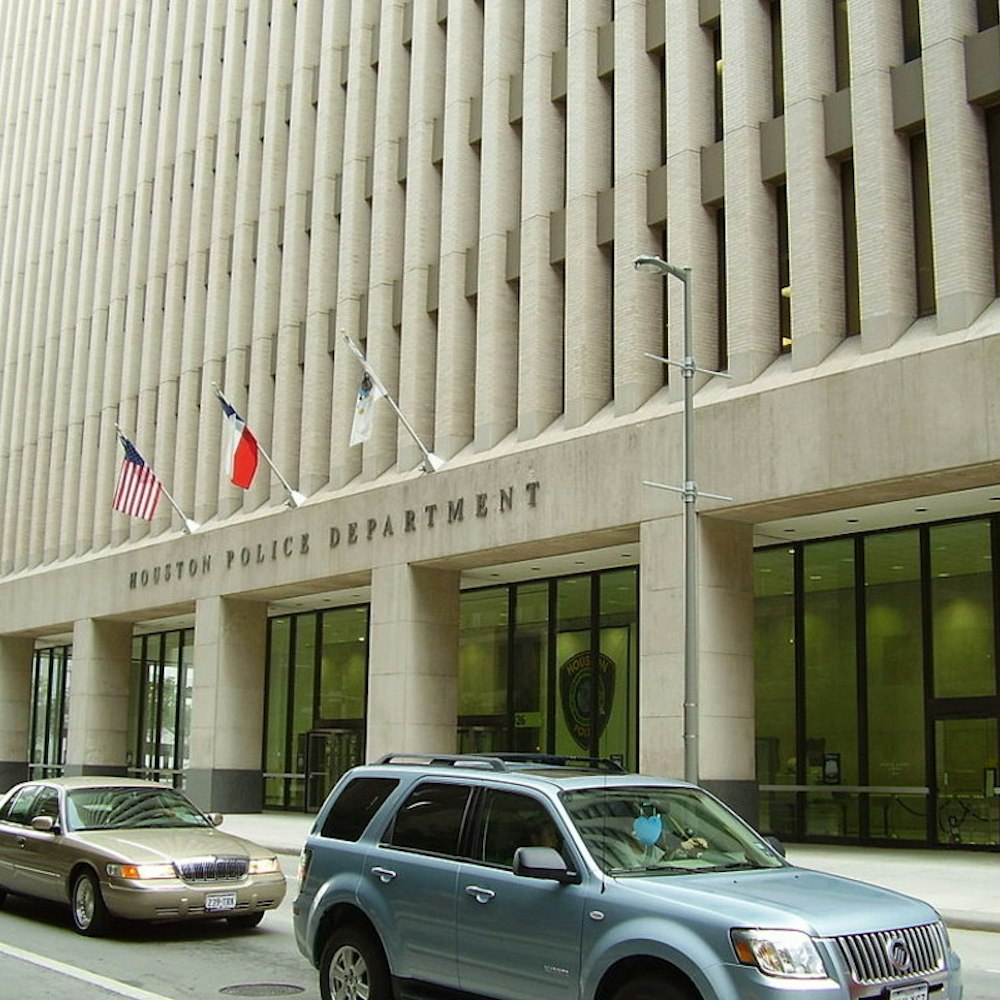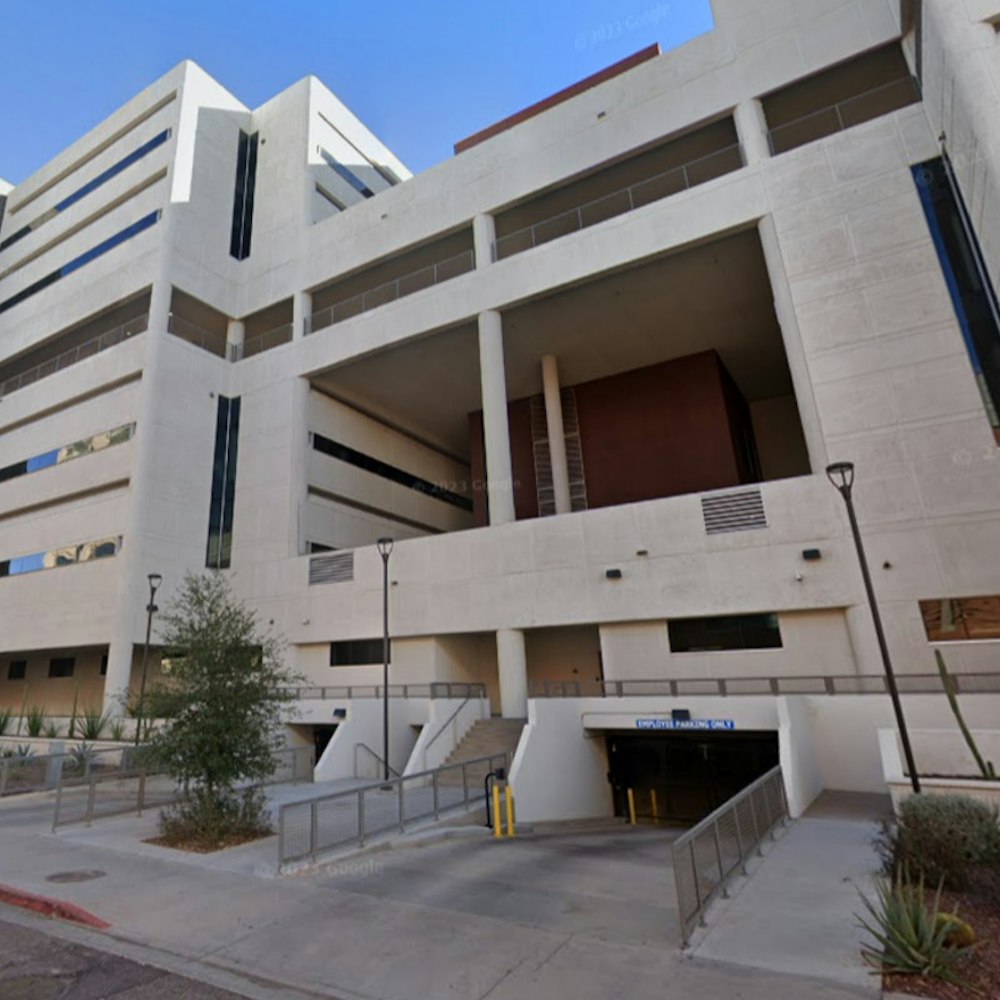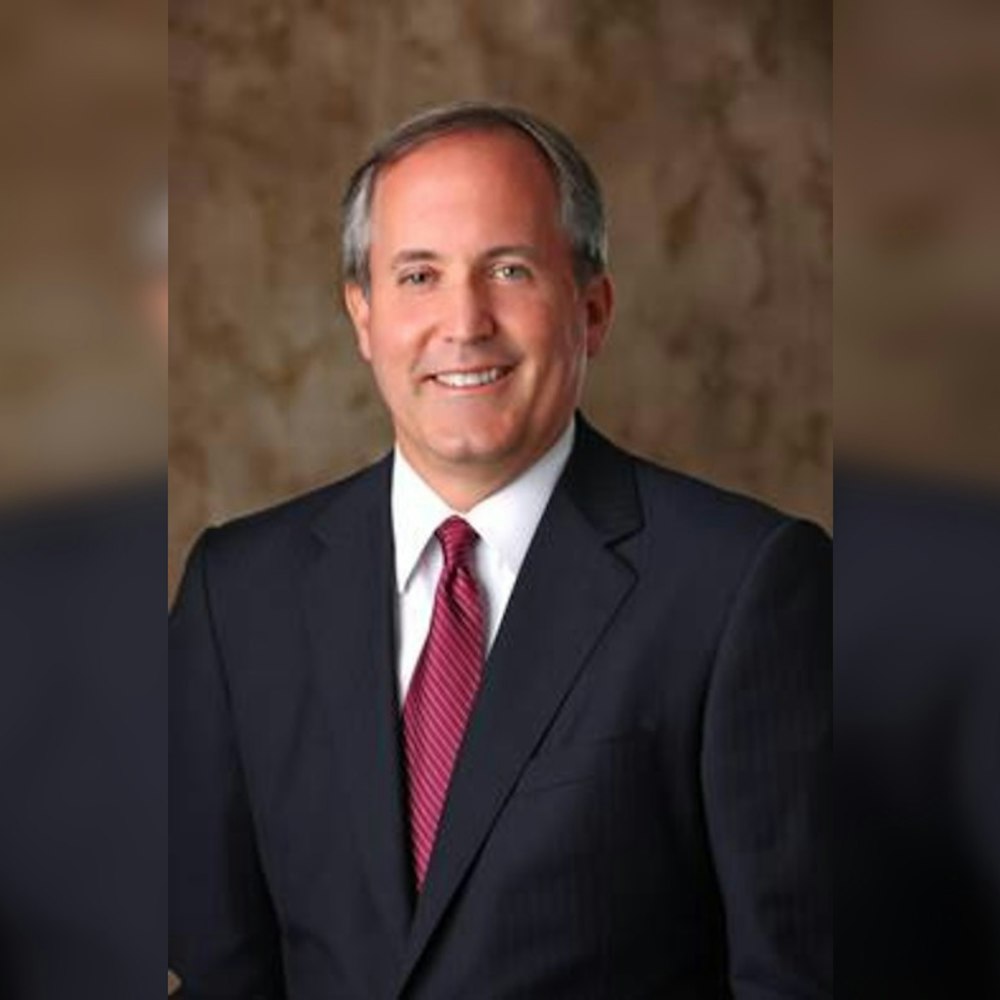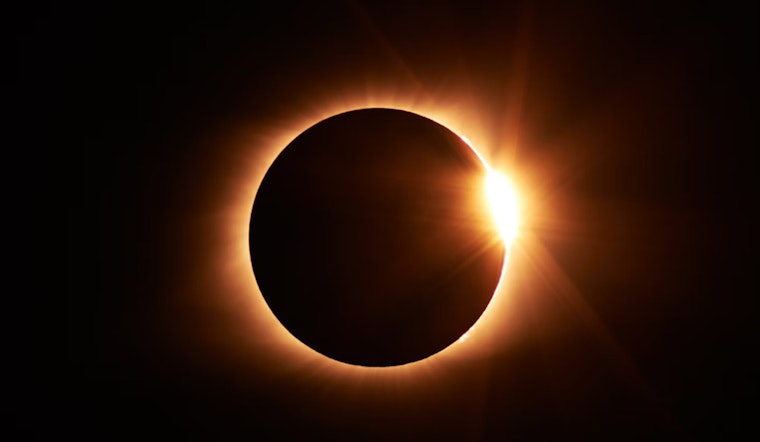
The Electric Reliability Council of Texas, better known as ERCOT, is prepping for the celestial event that's set to turn day into night on April 8.
While solar energy will inevitably take a hit as the sun disappears behind the moon, ERCOT remains confident that the energy grid will hold steady. In a statement obtained by Fox San Antonio, ERCOT has indicated that no conservation notices have been issued and that the grid can rely on other sources such as natural gas and wind during the eclipse. Similarly, Rice Associate Professor Daniel Cohan noted the abundance of alternative energy supplies and a forecast for mild weather, which means "We're in a situation with the mild weather that we have plenty of other supplies from natural gas and wind and other sources that those can kick in to, to fill in the gap that we'll have when solar farms aren't producing as much," he told Fox San Antonio.
Meanwhile, Texas A&M's Dr. Thomas Overbye, a professor and director of the Smart Grid Center, echoed this sentiment in an interview with Texas A&M Today, stating, "The eclipse is a well-known, well-planned event. We can predict eclipses thousands of years in the future, so it wasn’t catching anyone by surprise. As a result, utility companies will ensure they have enough other generation available. The grid will definitely be impacted, but we’re not expecting any problems."
It's not just Texas on watch for the sun's brief intermission; states like California and Florida that rely heavily on solar energy are also on alert. According to Overbye, "It’s going to affect the solar generation across most of the country because part of the sun will be covered." After the celestial dance is over and solar generation returns to normal, ERCOT's current forecast indicates that everything is running as normal, meaning no disruptions are foreseen.
As Texas leads the nation with the highest percentage of wind and solar on the grid, the Smart Grid Center at Texas A&M continues its research in weathering uncommon yet impactful events. Overbye's team is determined to mitigate the rare occurrences that could destabilize the grid and ensure that Texans can count on their energy—even when solar energy takes a brief eclipse-induced hiatus.
